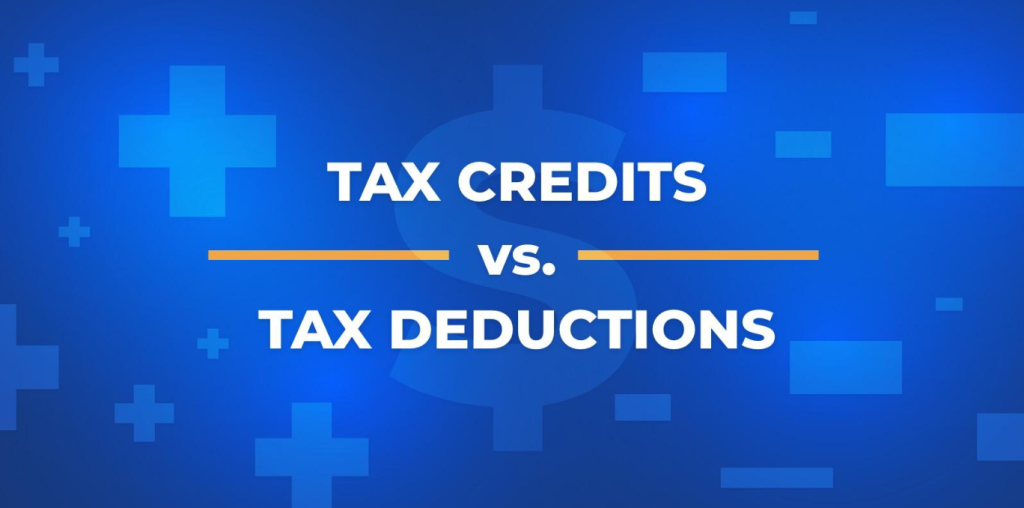Taxes are an inevitable part of life, but there are ways to minimize your liability and keep more of your hard-earned money. Two key mechanisms for doing so are tax deductions and tax credits. While both can reduce your tax bill, they function differently and have distinct implications for your financial situation.
Tax Deductions reduce your taxable income. They come in two forms: standard deductions, which are a fixed amount determined by the government, and itemized deductions, which are specific expenses you can deduct from your income. The benefit of deductions is that they lower the amount of your income that’s subject to taxation. For example, if your income is $50,000 and you have $5,000 in deductions, you’ll be taxed on $45,000.
Tax Credits, on the other hand, directly reduce the amount of taxes you owe. They are often offered as incentives to encourage certain behaviors, such as buying energy-efficient appliances or pursuing higher education. If you have a tax credit of $1,000, it will subtract $1,000 from your total tax bill.
The key difference is that tax deductions reduce the portion of your income that is subject to taxation, while tax credits directly reduce the amount of taxes you owe. To maximize your savings, it’s essential to understand the available deductions and credits and to take full advantage of them during tax season. Consulting a tax professional can also help you navigate the complex world of tax planning and ensure you make the most of these financial tools.
To learn more, schedule a call with one of our associates.
